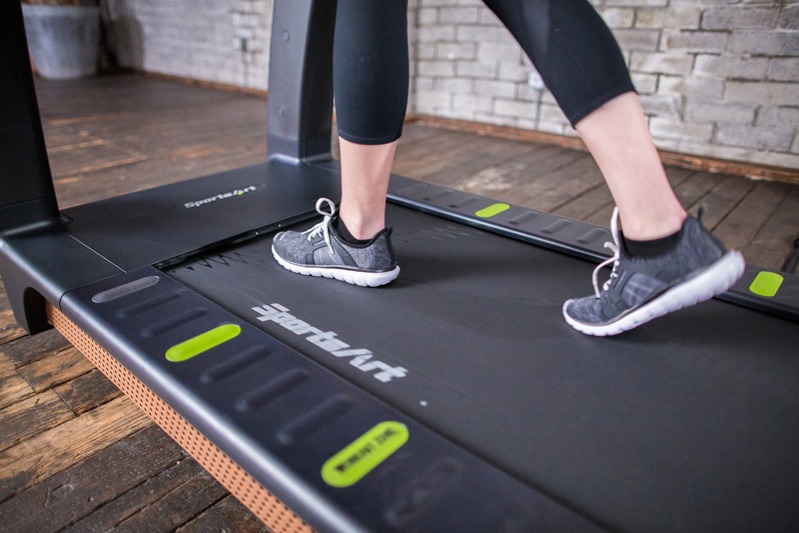When shopping for exercise equipment, one of the biggest decisions you’ll face is whether to invest in residential or commercial-grade machines. While they may look similar at first glance, the differences between these two categories are significant. Learn the key differences between Residential vs. Commercial Equipment to make the right choice for your fitness space, performance needs, and long-term investment.
Durability and Design
Commercial exercise equipment is built to withstand high usage in gyms, apartment complexes, and fitness centers. These machines are constructed with heavier-duty materials, stronger frames, and reinforced components to handle multiple users daily. Residential equipment, on the other hand, is designed for personal use and often utilizes lighter materials to keep costs down. While this makes them more affordable upfront, it also means they may wear out faster with frequent use.
Warranty Differences
One of the key advantages of commercial equipment is the warranty. Commercial machines typically come with longer and more comprehensive warranties, covering parts and labor for multiple years, especially for high-wear components like motors and belts. Residential equipment warranties tend to be shorter and often have more exclusions. This is because manufacturers assume residential users will put less strain on the machine compared to a busy gym environment.

Repairability: A Long-Term Investment
Another major distinction is repairability. Commercial exercise equipment is built with maintenance in mind—parts are more readily available, and repairs can be performed efficiently, extending the life of the machine. Residential equipment, however, is often designed to be replaced rather than repaired. This means when something breaks, owners may find themselves needing to purchase an entirely new machine rather than simply replacing a worn-out component.
Real-World Example: A SportsArt Treadmill from 2007
At Norton Fitness, we recently serviced a SportsArt treadmill that was originally purchased in 2007. The owner needed a new walking belt, and after the replacement, the treadmill was as good as new—ready for many more years of use. This treadmill, an investment in commercial-grade quality, has lasted eighteen years and counting. While the owner initially paid more for a commercial unit, it has certainly provided its money’s worth, proving that quality fitness equipment pays off in the long run.
Conclusion: Investing in Quality
If you’re considering purchasing exercise equipment, it’s worth weighing the long-term benefits of commercial-grade machines. While they may have a higher upfront cost, their durability, warranty coverage, and repairability make them a smarter choice for those who want reliable, long-lasting fitness equipment. At Norton Fitness, we’re here to help you make the best decision for your needs, whether you’re outfitting a home gym or a full-scale fitness facility.
Looking for expert advice on fitness equipment? Contact us today at [email protected]!
